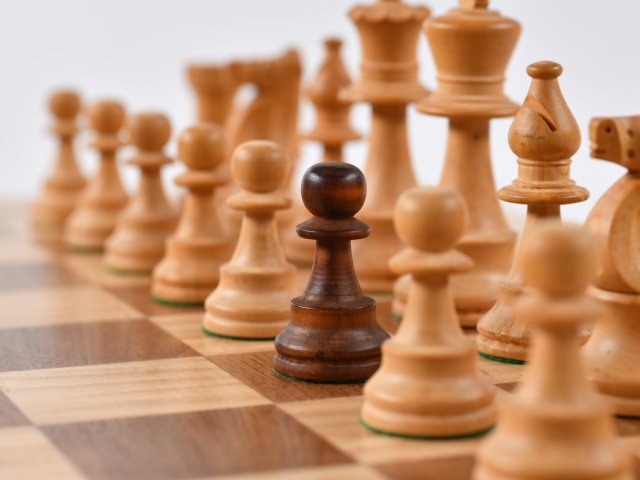On July 25, 1831, Fyodor Abramovich Blinov was born into a family of serfs in the village of Nikolskoe, Volsky District, Saratov Governorate. He was the first of the family to receive a “free letter” – a document from the landowner that confirms the release from serfdom.
Fyodor Blinov worked as a burlak, a stoker on the Volga, an assistant engineer, and was engaged in repairing agricultural equipment, city carriages, and other things in the landlord’s forge. This helped the Blinovs to get out of debt and pay the rent on time, and Fyodor himself acquired many useful skills during this time. Weather conditions played an important role in the work of burlaks: it is much more difficult to pull a ship if there is no tailwind, or if there is sand on land, and not trampled clay, and if the river became more full-flowing… Nature cannot be tamed, but something can still be done. So, Fyodor Abramovich came up with the idea of creating a device that would help burlaks.
He would often ask literate people for newspapers, books, and magazines about agricultural implements and tools, among which there were very interesting issues, including “Notes of the Imperial Russian Technical Society.” He was also interested in agricultural exhibitions. In a letter to his wife and children about an agricultural exhibition in Saratov, he wrote the following, "…Here, in Saratov, I became convinced: life is the main mentor, but books are also good teachers. Study, my children — in the sciences the force is irresistible.”
In 1879, Fyodor Blinov demonstrated a “special wagon with endless rails for transporting goods on highways and country roads,” for which he received a “privilege” – a patent. It is believed that this was the first analog of a modern tracked tractor. This invention turned out to be very convenient in off-road conditions. In Blinov’s days, the public paid great attention to his inventions. The newspapers wrote that in the future this invention would have “enormous economic significance”.
This is how Fyodor Blinov’s invention was described in the Saratovsky Listok newspaper in January 1881: “A platform with self-moving rails loaded with 550 pounds (2000 bricks and over 30 adult people), harnessed by a pair of ordinary horses, recently drove several times through the streets of our city, causing universal approval. Honor and well-deserved glory to G. Blinov, a self-taught mechanic from the peasants of the Volsky District.”
Then Blinov, inspired by his success, created a cart that moved under its power thanks to a steam engine. But, unfortunately, no matter how Blinov turned to the wealthy who could invest in the factory production of his invention, there were no such willing. Kaspiy newspaper wrote: “The exhibitor, a peasant of the Saratov Governorate, F.A. Blinov, demonstrates to the public a steam engine adapted for transporting cargo on highways and dirt roads. We had to talk to the inventor of this engine. He complained bitterly about his fate: for 16 years, as he invented this engine, he even took a privilege on it, but still could not find a capitalist who would undertake its manufacturing in a factory way. Even the existing gaps of the exposed engine, which cost him 10 thousand rubles, he undertakes to improve so much that whole trains will fly on the ground as if on rails. But ‘marshals don't hear the call’.”
The children did. Fyodor’s eldest son Alexander helped to cope with the work at his father’s factory. There they repaired steam engines, sawmills, boilers. Another son, Porfiry, built a factory next to his father’s mechanical plant, where he produced his father’s and his own patented inventions. So, they supplied firefighters with several thousand fire pumps, provided serial production of oil engines. But one of his father’s new ideas, a tracked tractor with an internal combustion engine, could not be created because of family tragedy. Fyodor Blinov’s grandson died in infancy, then his eldest son Alexander died of tuberculosis, and Fyodor grieved the loss of his son so much that he got paralyzed…
The memory of the Blinov family business is carefully preserved by the Balakovo history museum, where, among other things, there is a fire pump of the beginning of the 20th century, which was cast at the same factory in Balakovo.
Sources:
Photo: Unknown author / wikimedia.org
“Samohod” from the Volga. Stimul. Magazine about innovations in Russia.
Balakovo History Museum
The world’s first tracked tractor and its inventor. Kramola
Fyodor Abramovich Blinov. Wikipedia






















